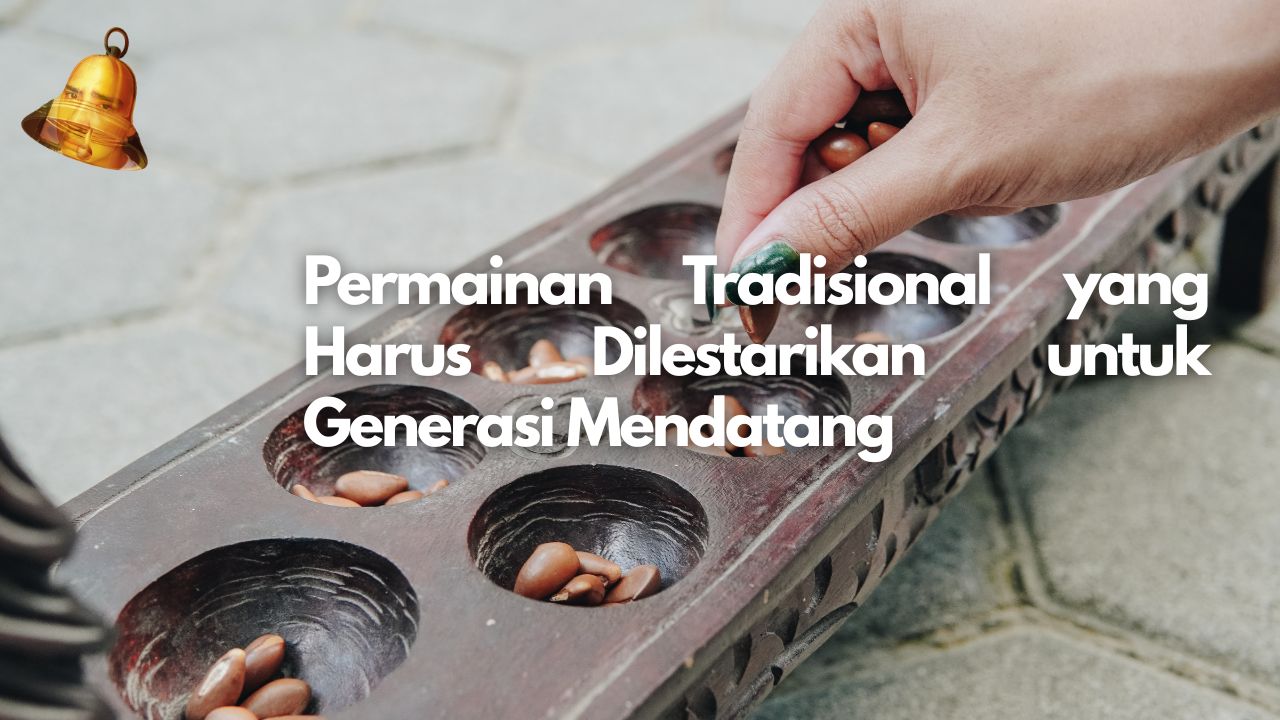Amidst technological advancements and the rapid rise of digital entertainment, children are now more preoccupied with gadgets than playing in the yard. This habit is slowly causing us to forget the variety of traditional games that once filled our days with joy. Yet, beneath their simplicity, these games hold cultural values and a sense of togetherness that are hard to find in modern games.
If we continue to ignore them, our children and grandchildren may never experience the thrill of jump rope, congklak, or stilts. They'll only know virtual characters and scores on screens, without knowing the thrill of running, laughing, and competing in person. Losing traditional games is tantamount to erasing a part of our cultural identity.
This article invites us to explore the benefits and value of traditional games, the challenges of their preservation, and concrete steps that can be taken so that future children continue to be familiar with cultural heritage through typical Indonesian games.
Why Are Traditional Games Important?
Traditional games are more than just childhood entertainment. They contain cultural values, history, and local wisdom passed down from generation to generation. Through play, children learn cooperation, strategy, and basic motor skills. Furthermore, these play traditions strengthen social bonds within communities. If we allow them to disappear, we will lose a vital part of our cultural identity.
Benefits of Traditional Games
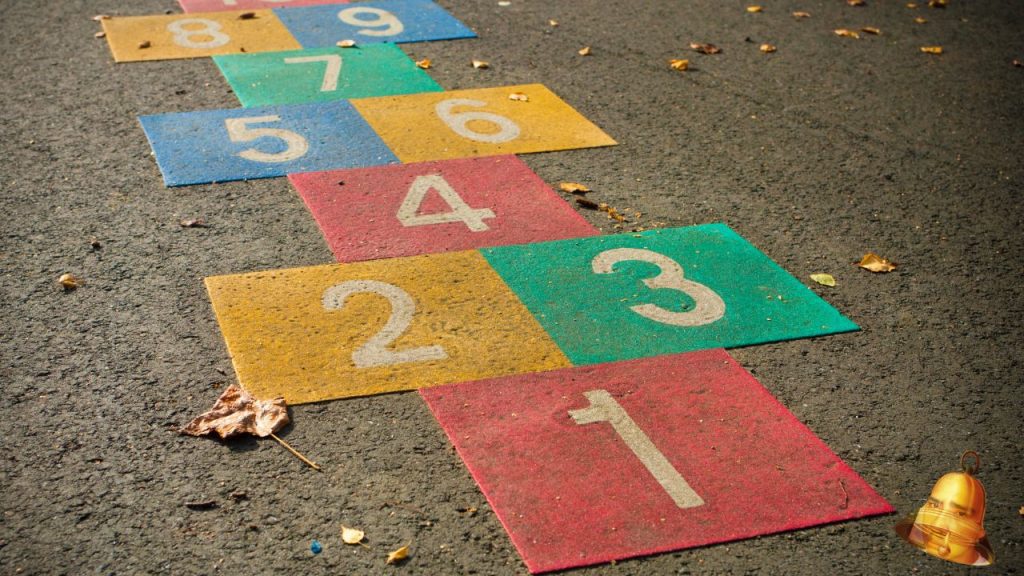
Traditional games offer many benefits that are difficult to replace with modern entertainment:
- Train gross and fine motor skills such as running, jumping, and throwing.
- Sharpen your ability to think quickly and make decisions in competitive situations.
- Cultivate a sense of togetherness, mutual cooperation, and sportsmanship.
- Becoming a bridge between generations when parents teach children how to play.
- Preserving cultural heritage so that it does not become extinct due to the currents of globalization.
With these benefits, traditional games play an important role in children's physical and mental development.
Examples of Traditional Indonesian Games
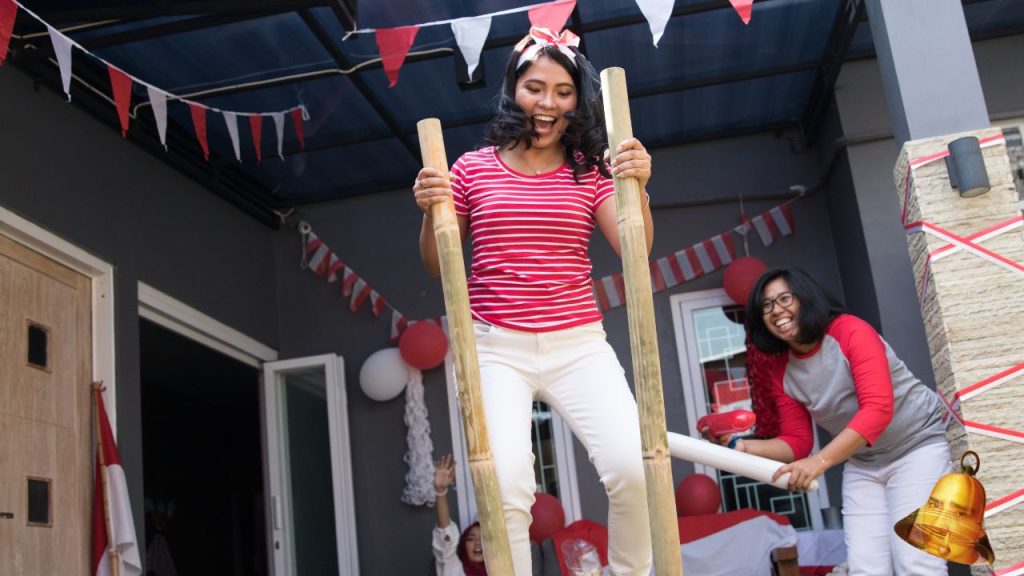
Various traditional Indonesian games are well-known in various regions. Some of the most popular include:
- Hopscotch
Players jump on one foot on a square drawn on the ground. This game trains balance and jumping accuracy. - Congklak (Dakon)
Two players take turns moving seeds or pebbles on a perforated board. Strategy and mathematical calculations are the keys to victory. - Rubber Jump Rope
Two people hold a long rubber rope, while the third player jumps over the rope higher and higher or forms a pattern. - Gobak Sodor
The attacking team tries to pass through the opponent's defensive line untouched. This game relies on agility and teamwork. - stilts
A pair of long bamboo poles are tied together to serve as footholds, and the performers walk while maintaining their balance. This experience challenges both reflexes and courage. - Top
Spinners must maintain balance to spin the longest. This game tests precision and swinging technique.
Each game has rules and cultural values that are unique to its region of origin.
Conservation Challenges

Despite their high value, traditional games face several obstacles:
- The influence of gadgets and digital games makes children more interested in playing on screens.
- Urbanization makes it difficult to find open spaces to play like before.
- Lack of written documentation or official videos explaining how to play.
- The younger generation is less familiar with the history and philosophy behind each game.
- There are few school or community programs that include traditional games in the curriculum.
If this is not addressed immediately, the existence of traditional games could be increasingly marginalized.
Saving and Preserving Strategy
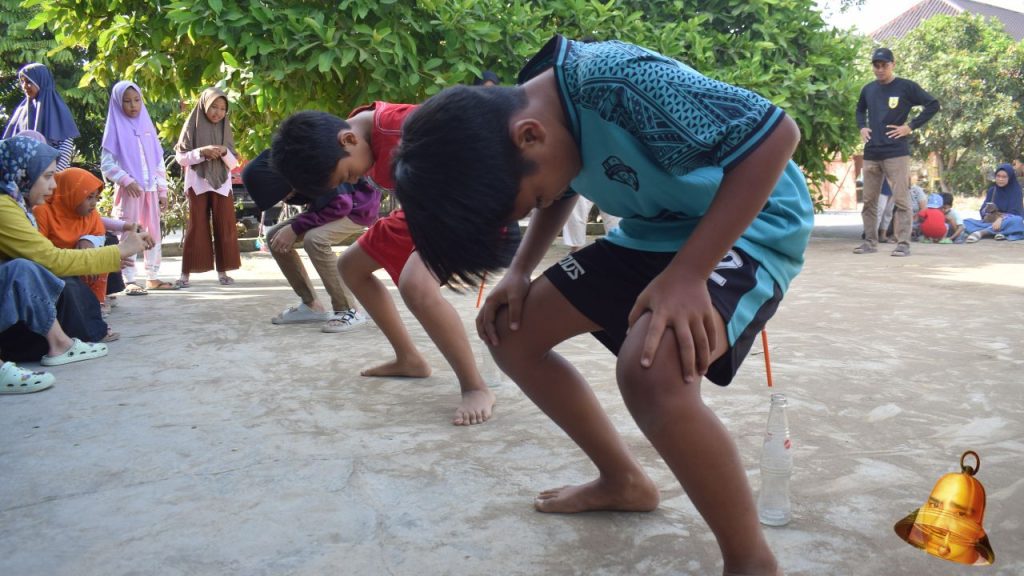
To ensure that traditional games continue to live, the following steps can be implemented:
- Digital Documentation
Record how to play and the rules in the form of a video tutorial or online article so that it is easily accessible to anyone. - School Curriculum Integration
Involve sports teachers or culture teachers to teach traditional games during extracurricular hours. - Regular Festivals and Competitions
Hold an event at the village, sub-district, or city level to compete for trophies or certificates, attracting the interest of many participants. - Community Clubs and Social Media
Form a group of traditional game enthusiasts and share playing moments on platforms like YouTube, Instagram, or TikTok. - Collaboration with Local Government
Submit funding programs for guide training, the construction of playing fields, and the provision of traditional equipment. - Creative Adaptation
Innovate the rules or format to better suit the rhythm of modern life without destroying the original value of the game.
Through synergy between communities, schools, and the government, we can bring back the joy of traditional play to today's generation.
Examples of Conservation Initiatives

In several regions of Indonesia, conservation programs are already running well:
- Yogyakarta: The “Childhood Games” workshop at the Village Hall invited local guides to teach hopscotch and stilts to schoolchildren.
- Bali: Children's Play Festival at Taman Budaya, featuring congklak and rope jumping competitions with local crafts as prizes.
- West Sumatra: The Spinning Top Lovers Club regularly holds monthly tournaments in open fields.
- West Java: A dry rubber jump tutorial video is available on the official YouTube channel of the Department of Culture.
- East Kalimantan: The “Fun of Playing While Learning” program introduces the philosophy of traditional games in cultural subjects.
Such initiatives raise public awareness and facilitate access to learning and play.
The Role of Technology in Conservation
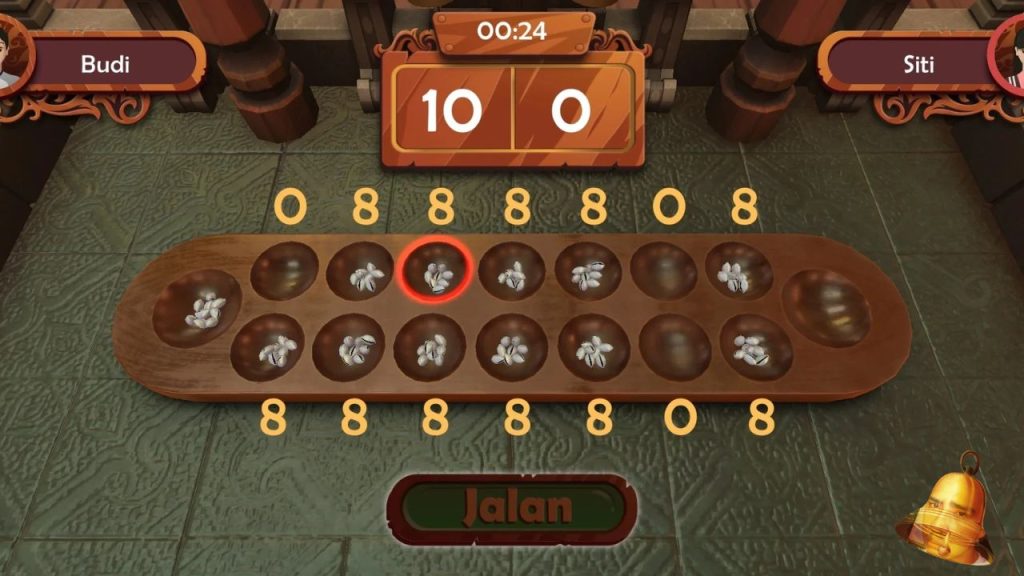
Technology isn't always a threat to traditional games. If used wisely, digitalization can actually help:
- Mobile Application
Educational games featuring animations of traditional rules, making children interested in trying them in the real world. - E-Learning Platform
Interactive modules that teach history, cultural values, and how to play with quizzes and certificates. - Community Network
An online forum for exchanging experiences, ideas, and tips for organizing traditional game activities.
By combining tradition and digital innovation, traditional games can reach a wider audience.
Conclusion
Traditional games play a vital role in preserving local wisdom, social values, and physical skills. If left to be forgotten, this cultural heritage will be lost forever. Through documentation, integration into schools, festivals, and communities, along with technological and government support, we can ensure that children of the future will still experience the joy of playing stilts, congklak, engklek, and other games. Preserving traditional games is not just the responsibility of cultural heritage, but the responsibility of all of us as the nation's future generations.


